Since I was young I’ve always wanted to work in the fashion industry. However as I have grown, matured and learnt a lot, I’ve found myself battling with the knowledge that fashion is the second biggest polluter of the earth behind the oil industry.
How is the industry polluting the earth?
The main causes include:
- Water pollution; untreated toxic wastewater from textile factories are dumped directly into rivers, often in countries where garments are made¹.
- Water consumption; a report found that the fashion industry currently uses around 79 billion cubic metres of water per year and estimates this will increase to 118 billion cubic metres by 2030.
- Waste; it is estimated that the amount of waste created by the fashion industry every year is the equivalent to a landmass larger than the size of France. This is about 13kg per person per year².
- Microfibres in the ocean; every time we wash a garment, tiny microfibres of plastic are released into the water which then eventually ends up in our oceans. This means plastic is getting into the sea, into the fish and into our food chain³.
- Chemicals; chemicals (around 8,0000 different ones²) are involved in the making of our clothes from the production of fibres to the bleaching of fabrics. This can cause health problems for the people involved in the making of clothes, particularly when they aren’t provided protective gear, but it also causes water pollution and soil degradation¹.
- Green house gas emission; not only are greenhouse gases released during the production, manufacturing, and transportation of the millions garments purchased each year, but a lot of the synthetic fibres used are made from fossil fuels¹.
- Soil degradation and desertification; this is a huge problem the planet is facing. The fashion industry contributes through things like overgrazing of cashmere goats and sheep raised for their wool, and chemicals used to grow cotton¹.
- Rainforest deforestation; thousands of hectares of forests are cut down every year and replaced by plantations of trees used to make wood-based fabrics such as rayon, viscose, and modal¹.

What is “green-washing”?
Green-washing is when companies use people’s environmental concerns as a way to sell clothes. They may say they’re a sustainable or eco-friendly brand to make themselves seem better than other brands to try get you to buy from them. So for example, saying something is made from sustainable or organic cotton when in fact it only contains 5% organic cotton. Keep an eye out for this when shopping.
Fast-fashion and ethics.
Over lockdown I learnt so much about the effect fast fashion has not only on the environment but on the people making the garments. We all know our clothes are probably made in factories with unfair conditions somewhere in the world like Bangladesh. However, it is so easy to ignore as it is happening so far away. Out of sight, out of mind as we like to say. But, when the Pay Up campaign was all over my Instagram over the spring and summer months, I found it more and more hard to ignore. I found myself researching companies and their ethical history, along with their goals to be better. While it is great companies are hoping to be more ethical and sustainable, a lot of them set themselves the target of 2030 or even later. Also, a lot of companies have promised things but haven’t delivered, or they’re are tiny improvements in the grand scheme of things.
Since this, I’ve started to feel guilty promoting these brands on my Instagram and I get annoyed seeing influencers promoting these brands with no acknowledgment or concern for where and how the clothes were made. Just because the Black Lives Matter and Pay Up campaigns are no longer trending doesn’t mean we can still ignore it. I am in no way saying I am perfect or that anyone is a bad person for shopping from these places, as lets be honest how many places can we shop that is affordable, accessible and ethical, whilst also matching our style and what we want. But, I think we can be more conscious of our choices. Think, do I really need this many clothes? Is there a better, more sustainable or ethical option out there? Am I buying this for the sake of it? Can I buy this second hand?
What can we do to help?
Along with asking yourself those questions, why not have a look second hand first. There are so many amazing things in charity shops, second hand shops and on apps like Depop and Vinted. Even if you find something that isn’t quite what you want but you like it, the style or the pattern, can you upcycle it and turn it into what you do want?
We can also be more conscious on where our clothes are coming from. Research brands and their ethics, it doesn’t even need to be in detail, maybe ask someone you know who is passionate about these things for their opinion. If you still want to shop from there but reduce the amount you buy then great, you’re making a conscious effort to be better and learn.
In regard to the problems mentioned above, Sustain Your Style¹ suggests you can:
- Water pollution: choose clothes from countries with stricter environmental regulations like the EU and US and choose organic and natural fibres.
- Water consumption: choose fibres that use less water like linen and recycled fibres.
- Waste: Reduce, reuse, recycle (and mend, donate or upcycle). Ask yourself those questions I mentioned above!
- Microfibres: choose natural or semi-synthetic fibres.
- Chemicals: choose organic fibres, sustainable brands, look for products with chemical content control certification like OEKO-TEX®, GOTS, or BLUESIGN®.
What I am trying to do.
As I mentioned above I am shopping second hand more and reducing the amount I buy from fast fashion brands. Now when I look at my wardrobe I finally see I have too many clothes and most of them are either poor quality or just weren’t worth it. I fell into the blogger trap of feeling like I constantly need to buy more clothes. Now, I aim to buy staple and capsule wardrobe items that will last me a long time and aren’t just a one time trend. This is still a working progress as I still fall for a trend and my need to buy, buy, buy.
Another thing I am doing is upcycling second hand clothes. Whether that be from my wardrobe, my friends that they’ve donated or from second hand shops and charity shops. I am going to be selling my creations and hope they see another lease of life for more years to come. These will be posted on my Instagram, @restitchedbytia.
Other sources to read for more info on what I’ve spoken about above:
- 1 Sustain Your Style
- 2 Common Objective
- 3 Microplastics
- CFDA
- Watch The True Cost movie
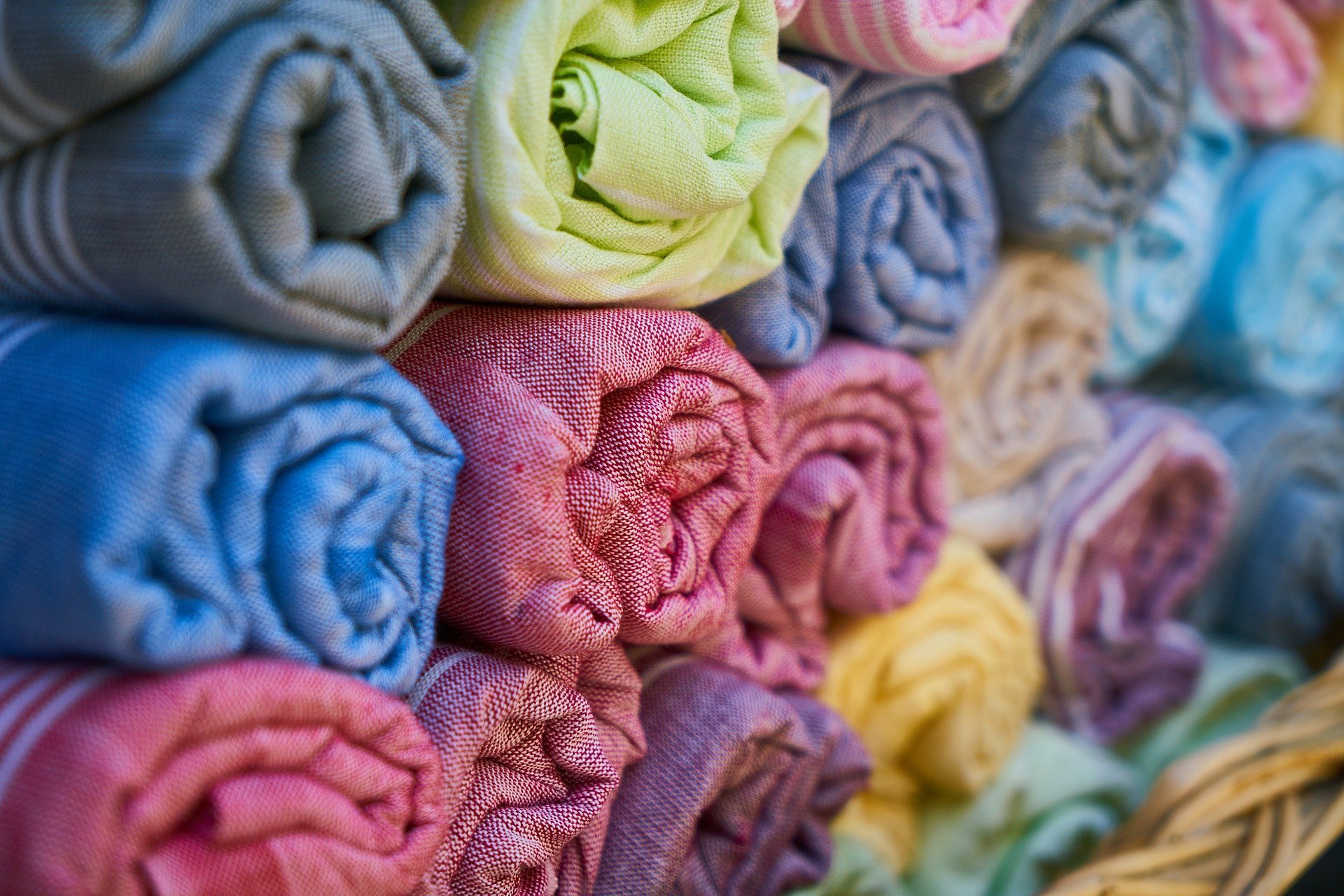
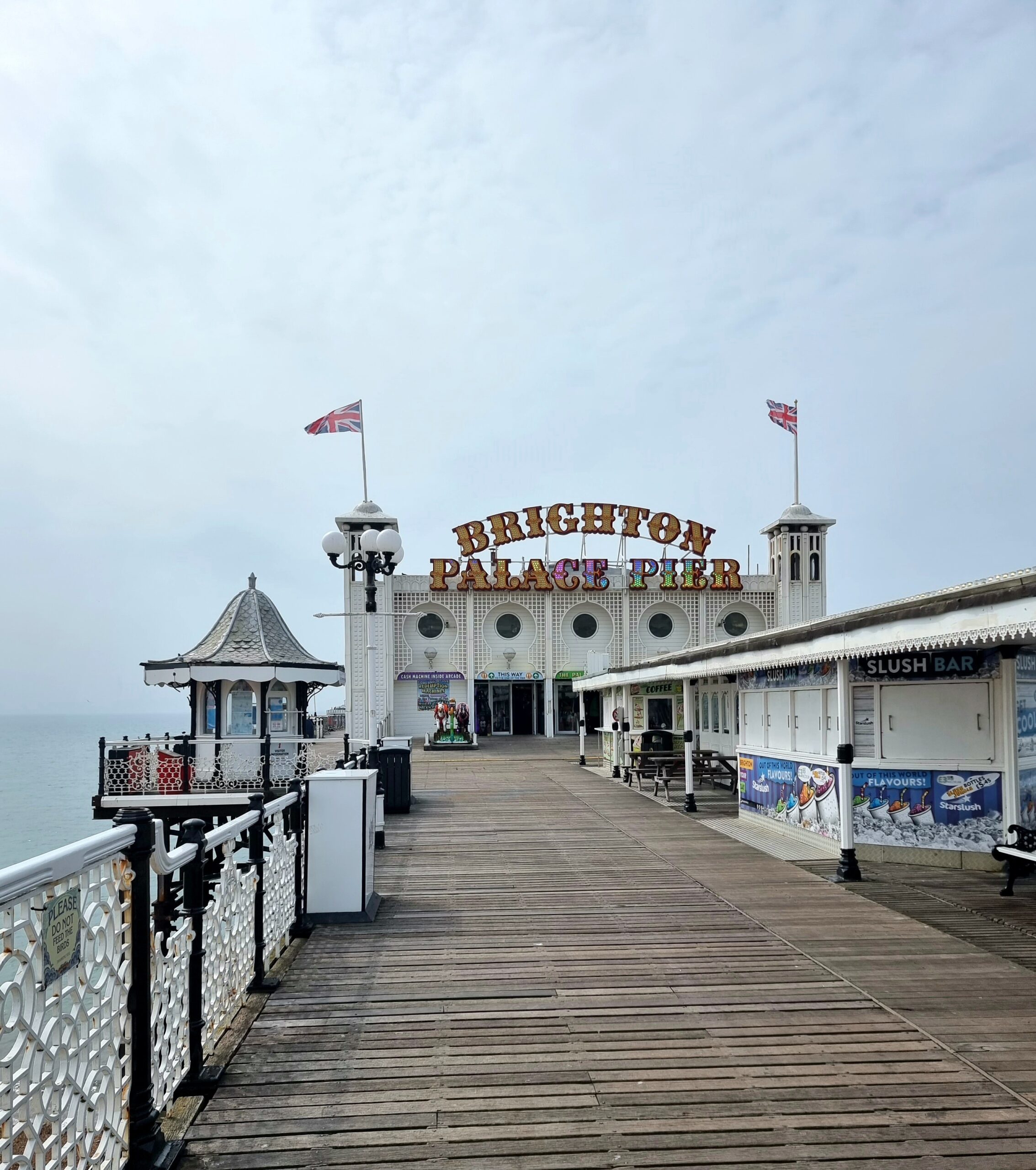
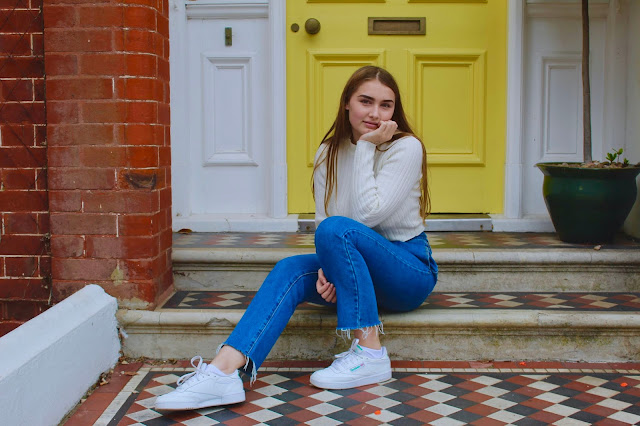
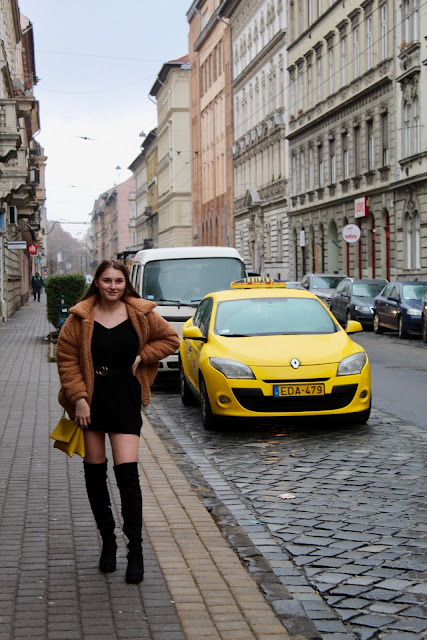
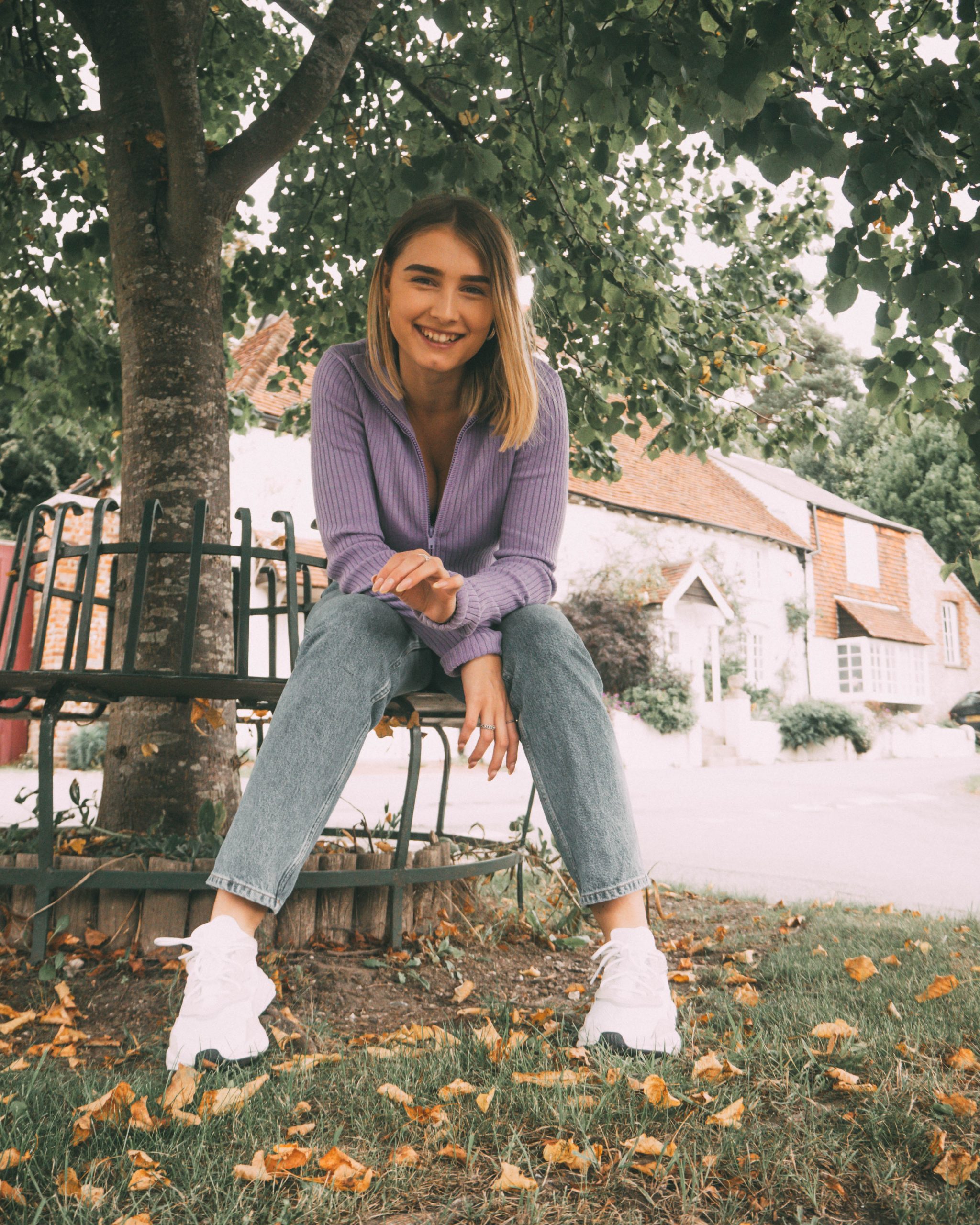
This post is amazing! I will 100% be more careful when purchasing clothes! Thank you so much!